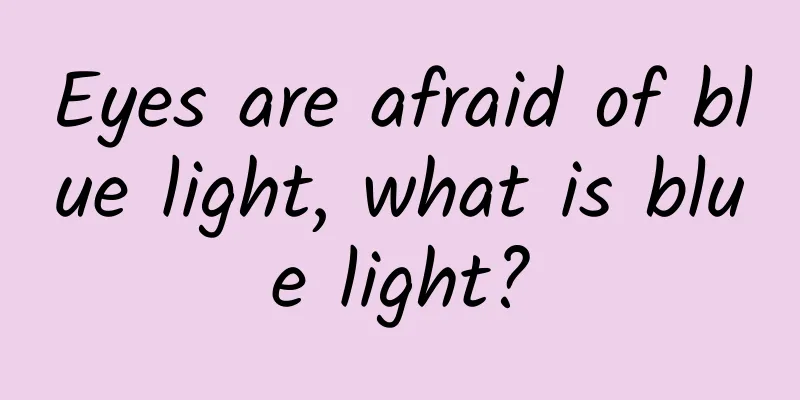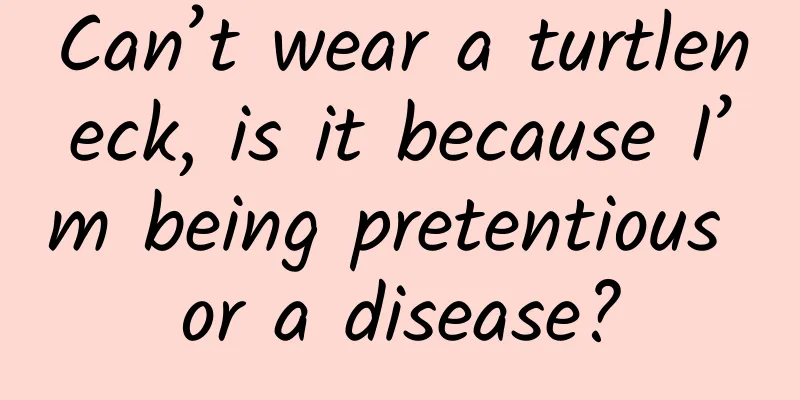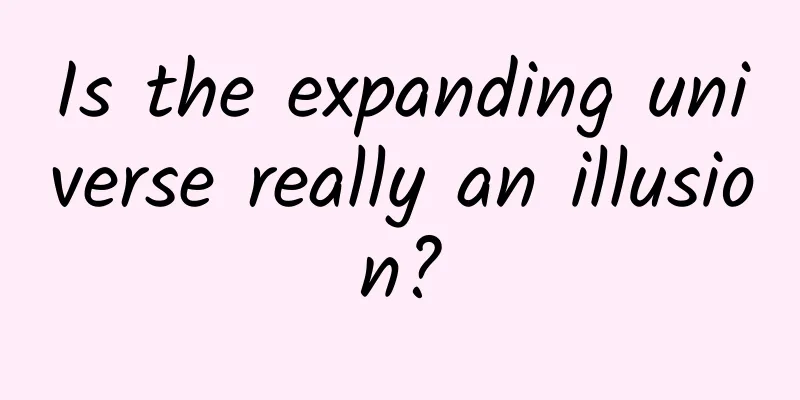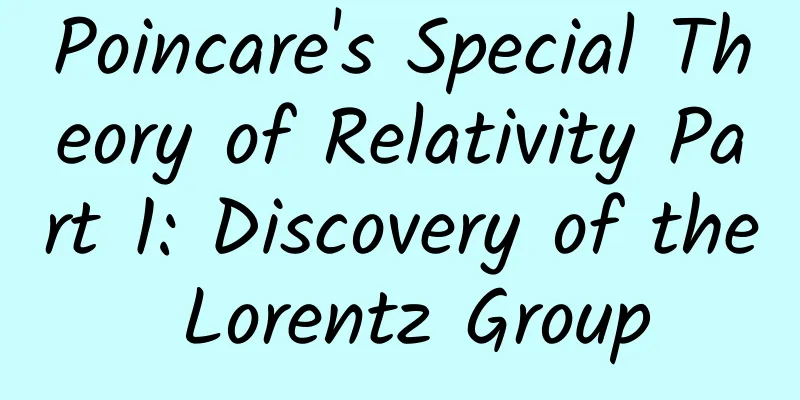Eyes are afraid of blue light, what is blue light?

|
The eyes are a very important sensory organ and the main way for people to receive information from the outside world. Most of the "memory" in our brain is used to process the information received by the eyes. So even if you can't fall asleep, just closing your eyes can allow your brain to achieve a certain degree of rest. Since eyes are so important, "how to use eyes scientifically" is an issue that cannot be avoided. However, with the changes of the times, the focus of scientific eye use is also changing. In the past, when it comes to scientific eye use, it mainly involves the sitting posture, distance and light when reading and writing, etc. Now, scientific eye use has a new content, which is blue light protection. Are eyes really afraid of blue light? What is blue light? Is blue light protection a waste of money? Nowadays, whether we are working or resting, whether it is day or night, it is difficult for us to leave the "screen", either the mobile phone screen or the computer screen. After looking at these screens for a long time, we often feel uncomfortable in our eyes. Dryness, swelling, foreign body sensation, and even blurred vision are common symptoms. One of the main reasons for these symptoms is blue light. What is blue light? Light has different wavelengths, and different wavelengths of light will show different colors when taken out separately. For example, after it rains, the air is humid, and light will be refracted when it propagates in the air. Different wavelengths of light have different refractive indices, so after refraction, they will be separated to form a rainbow. However, the human eye cannot see all wavelengths of light. The wavelength of light visible to the human eye is between 380nm and 720nm, so the light in this wavelength range is called "visible light". Although the wavelength range beyond the visible light cannot be directly seen by human eyes, it does not mean that the light does not exist. Light with a wavelength of more than 720nm is called infrared, and light with a wavelength shorter than 380nm is called ultraviolet. Within the visible light range, light of different wavelengths is arranged in the order of red, orange, yellow, green, cyan, blue and purple from long to short. Among them, light between 385nm and 505nm is blue, but this is not what we usually call blue light. The blue light we usually refer to specifically refers to "harmful blue light", which is short-wave blue light with a wavelength between 415nm and 455nm. Why is blue light harmful? Because the wavelength of blue light is short, it will focus in front of the retina after passing through the lens in front of the eye, which requires more adjustments for the ciliary muscle to see the image clearly, otherwise the vision will be blurred, and it will be easy to get tired over time. In addition, short-wave blue light itself also has an impact on the retina. Studies have found that when the intensity of blue light reaches 1500lx and directly irradiates the retina for 3 hours, retinal cells will undergo apoptosis and the number will decrease significantly. In addition to the impact on the eyes, short-wave blue light also stimulates cortisol production and inhibits melatonin secretion, thereby causing insomnia. So can blue light be blocked? Of course it can. There are two ways to block blue light. One is to add anti-blue light factors to the lens. These substances can absorb harmful blue light when it passes through the lens. The other method is to coat the lens with an optical film to reflect the blue light back. One is absorption and the other is reflection. Both sound simple, but in fact they are not that simple. There are many blue light blocking products on the market, but the quality varies greatly and the prices vary greatly. Why is this so? Although harmful blue light can cause harm to the eyes, blue light outside the harmful blue light wavelength range has a positive effect. For example, blue light with a wavelength between 455nm and 520nm plays a very important role in regulating melanin levels. Therefore, if the blue light is not well protected, it may harm the eyes. In fact, a qualified blue light protection product should meet two basic conditions. One is that the transmittance of harmful blue light with a wavelength between 415nm and 445nm should be less than or equal to 80%, and the other is that the transmittance of beneficial blue light with a wavelength above 445nm should be greater than 80%. This is also included in the "Technical Requirements for Light Health and Light Safety Application of Blue Light Protection Film". |
<<: Spring is here, and rhinitis is here! How to deal with annoying allergic rhinitis?
>>: Arbor Day | What happens when a tree is cut down?
Recommend
The man who wrote the second most famous formula in science, and who opened the era of extraterrestrial civilizations, has passed away
On September 2, 2022, American astronomer Frank D...
How to promote a website? Detailed explanation of website promotion!
Promotion goals Compared with the complete Intern...
The thumb-sized "girl" left her mother on the fifth day after birth...
Is she the child her mother doesn't want? Is ...
8 attempts to introduce you to iOS lean programming
[[153315]] Opening Today, we will start with a sm...
Manufacturers are in a wait-and-see mood as China Media Group pushes its own operating system
"The development, promotion and application ...
How to design the app opening page? Let’s look at these 5 common methods
It only takes 50 milliseconds (0.05 seconds) for ...
When will the two sessions end in 2022? What time does the closing ceremony start and end? Live broadcast address is attached!
Recently, my country's two sessions have been...
In 2023, these rockets will be on a mission, come and take a look!
On January 9, the Long March 7A rocket Sent on th...
Two deaths in one month, NIO's head of autonomous driving: NOP is not autonomous driving and may exit at any time during operation
An obituary has once again put NIO at the center ...
Short video APP product analysis report!
The structural framework of this article is shown...
Your middle ear was once a fish gill? This evolutionary process is no joke
Human middle ear It is an important organ of hear...
How to do viral marketing well? 3 types and 4 elements you must know
Viral marketing is a very effective way to achiev...
How to improve the conversion rate of the lead generation training camp?
The following is a review of a recently concluded...
The core model and skills of community operation!
This year, the term " community operation &q...
The operation model of increasing 100,000 followers at 0 cost: budget ≠ resources
We are at a loss in the anxiety of zero budget, b...









